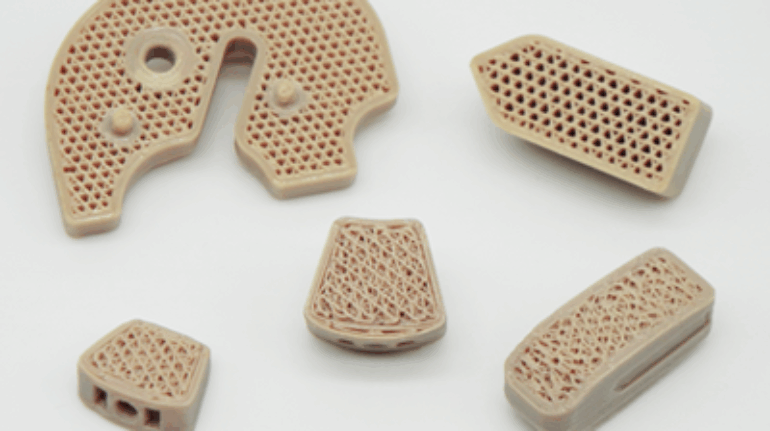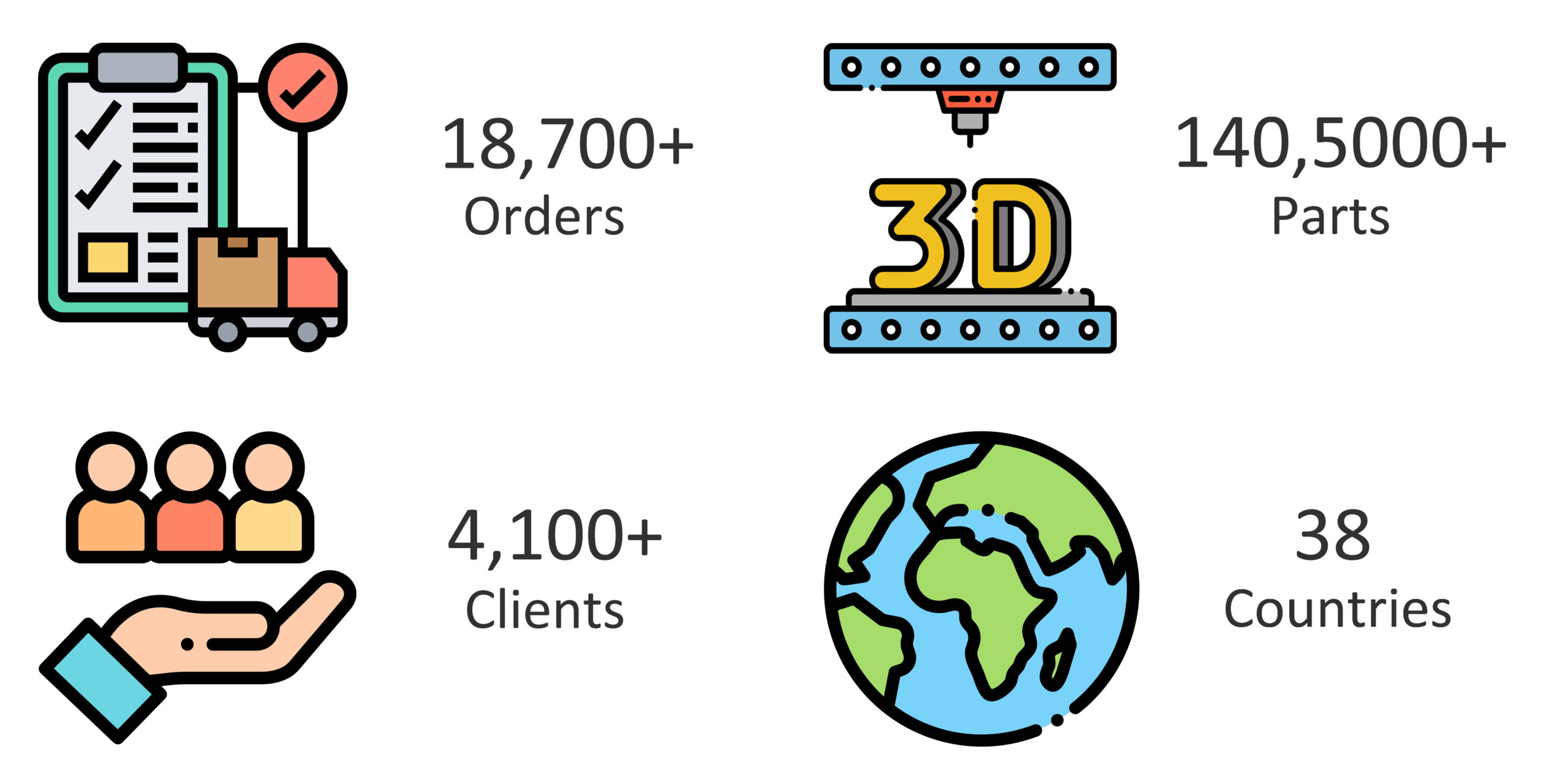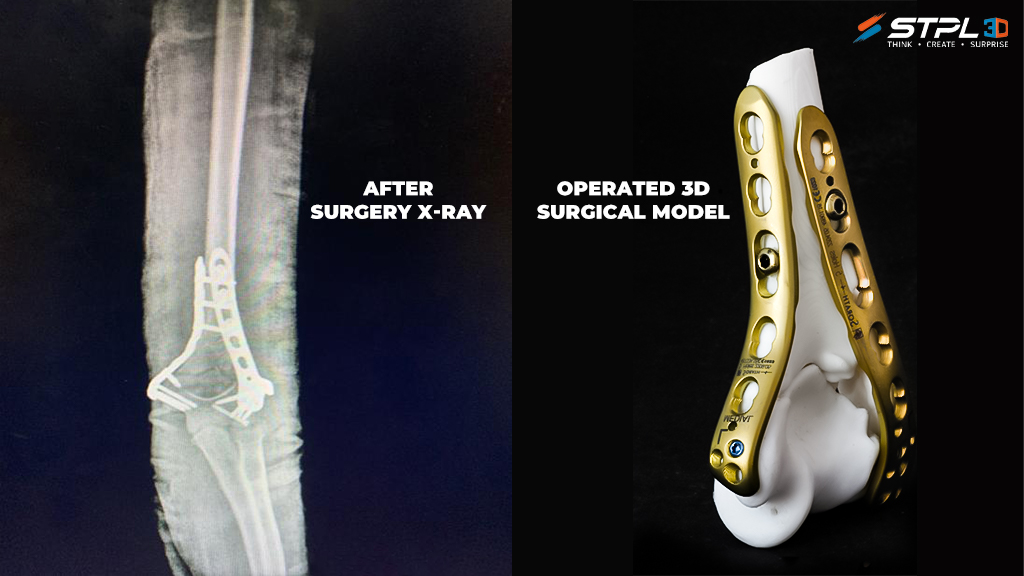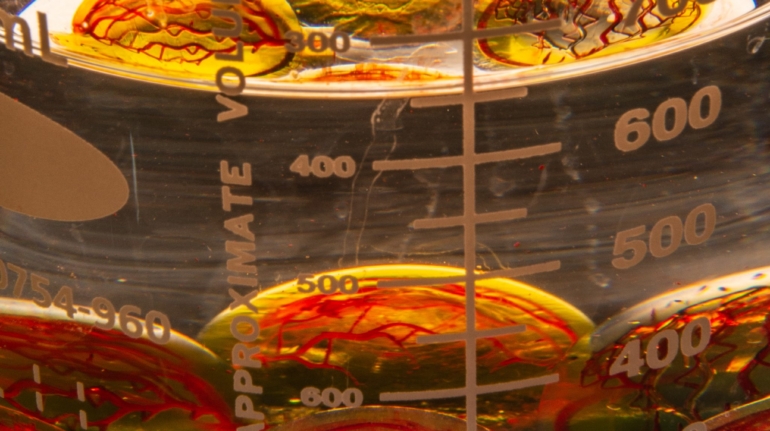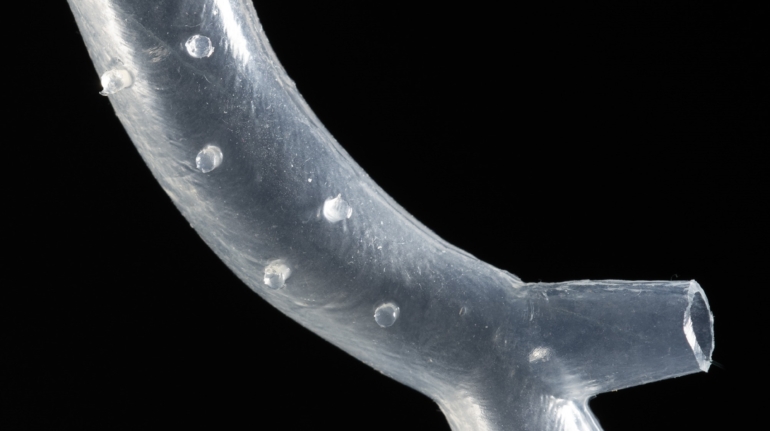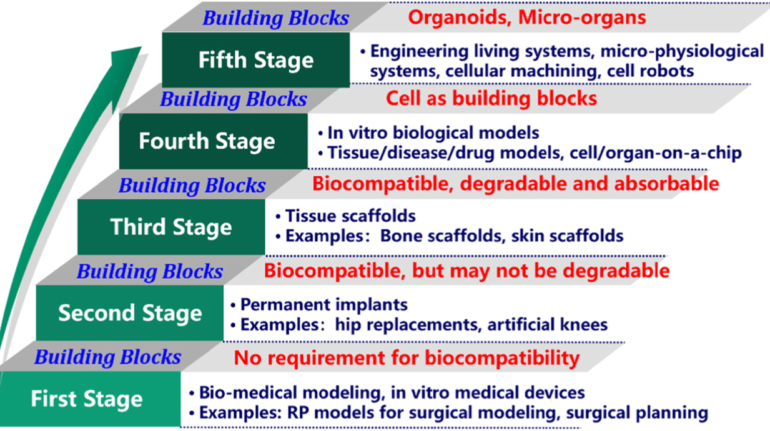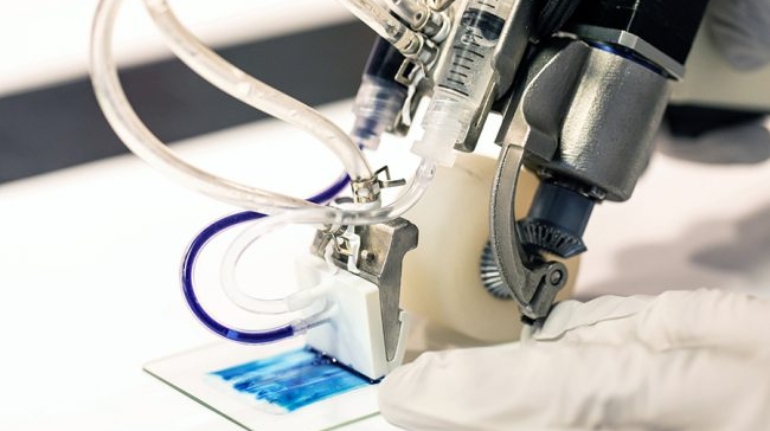FossiLabs Offers Enhanced PEEK Medical Devices with 3D Printed Porous Bone-like Structures
FossiLabs, a US-based medical 3D printing start-up, has announced the launch of its FFF 3D printed bone-like scaffolding structures using a porous PEEK material. Reportedly the first ‘fully’ porous 3D printed PEEK porous medical implants, the bone-like structures are designed to be used within implantable devices using Fossilabs’ proprietary hardware and software.

